Controls:
AG1: Open/close bomb bay doors
AG2: Release Drag Parachutes
AG8: Disable wheel turning and gyroscope for the booster stage.
I do not recommend dropping the bombs at a close distance to the Hiryu, otherwise it WILL be destroyed. The rolling is also highly sensitive, so I suggest that you don't roll TOO much.
Pictured above is the A9/A10 rocket, which is what I mainly based the Hiryu on.
THE LOREEEEEEEE
In late 1943, Japanese officials from the Imperial Japanese had observed test launches of prototype A4s in Germany, and were impressed by its potential capabilities and bought a dozen V-2s and the plans for it. Due to delays and diplomatic issues, the shipments for these rockets wouldn't arrive until September of 1944, in which the Allied invasion of France had almost compromised the delivery of the A4s, which was to shipped from Bordeaux, France. German officials, fearing an invasion of Germany itself, ordered that plans for the Silbervogel will be brought with the U-boats that was to bring the A4s, to prevent the plans from falling into the Allies’ hands. In September 1944, a pair of U-boats left Bordeaux, and stopped at Batavia a few months later. Finally, they reached Japan where they unloaded their cargo at Tokyo. The plans and the twelve V-2s as well as the plans for the Silbervogel were brought to the Yokosuka Naval Air Technical Arsenal. Due to the American firebombing campaign of Tokyo, they were relocated to a underground bunker in Hokkiado. There, they started developing plans for a V-2 derived rocket, which then combined with the plans for the Silbevogel to make the Hiryu. One of the V-2s was modified to make the prototype of the Hiryu. Before the Hiryu could be finished, Japan surrendered, thus ending the project. There were also a multitude of reasons Hiryu was also cancelled, the lack of resources for the heatshield, the inability to procure the fuel needed for the Hiryu, and the huge budget overruns experienced by the project.
(Pictured below is the Silbervogel, another inspiration for the Hiryu.)
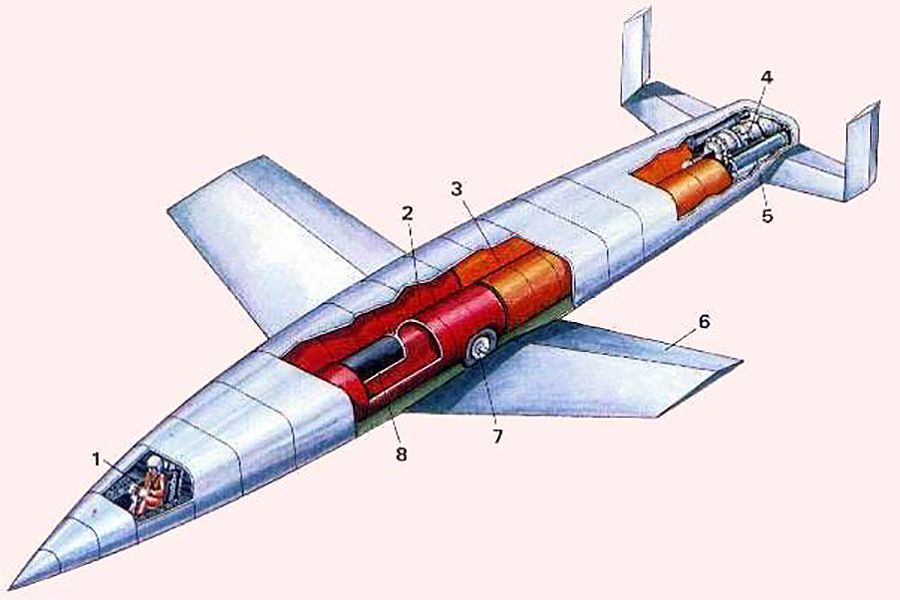
The Hiryu was left abandoned in the silo where it was to be launched. In 1946, an American patrol that was sent out to the Hidaka mountains to investigate a report of an apparent base of guerilla fighters (which turned out to be a false alarm), accidently stumbled upon the entrance of the silo. They discovered the Hiryu and called in a more knowledgeable team to inspect the strange plane further. The Hiryu was brought back to the United States where it was inspected by both Bell Aircraft and Boeing, whom came to conclusion that had it had a more powerful booster and engines, more heatshielding, and a thicker heatshield, the Hiryu may have been viable. Today, it is on display in the United States. (aight I gotta stop yapping now this is SO long. Also you can tell where most of my attention went into this when you compare the lore section to the instruction section XD)
Fun Facts
The 12 V-2s that were shipped to Japan is (apparently) an actual thing that happened. The twelve V-2s were actually shipped in August of 1944, I just wanted a reason for the Silbervogel plans to be on board the U-boats. Nobody knows what happened to the U-boats carrying the V-2s, but seeing that the account didn’t have a citation, it’s likely that it is just a rumor.
The bombs that the Hiryu is carrying is the Type 3 No.150 Mk.5 bomb, an Armor Piercing bomb that was largest I could find (on the Wikipedia page).
The engines on the booster section is based off the Titan II’s engines.
(The Aerojet LR87, pictured below, is what I based the booster’s engines on)
Specifications
Spotlights
- Onat67 13 days ago
General Characteristics
- Predecessor SUPERWEAPON CHALLENGE [CLOSED]
- Created On Windows
- Wingspan 44.3ft (13.5m)
- Length 108.4ft (33.0m)
- Height 19.6ft (6.0m)
- Empty Weight 20,235lbs (9,178kg)
- Loaded Weight 33,185lbs (15,052kg)
Performance
- Power/Weight Ratio 19.706
- Wing Loading 26.3lbs/ft2 (128.2kg/m2)
- Wing Area 1,263.4ft2 (117.4m2)
- Drag Points 4788
Parts
- Number of Parts 269
- Control Surfaces 12
- Performance Cost 1,357


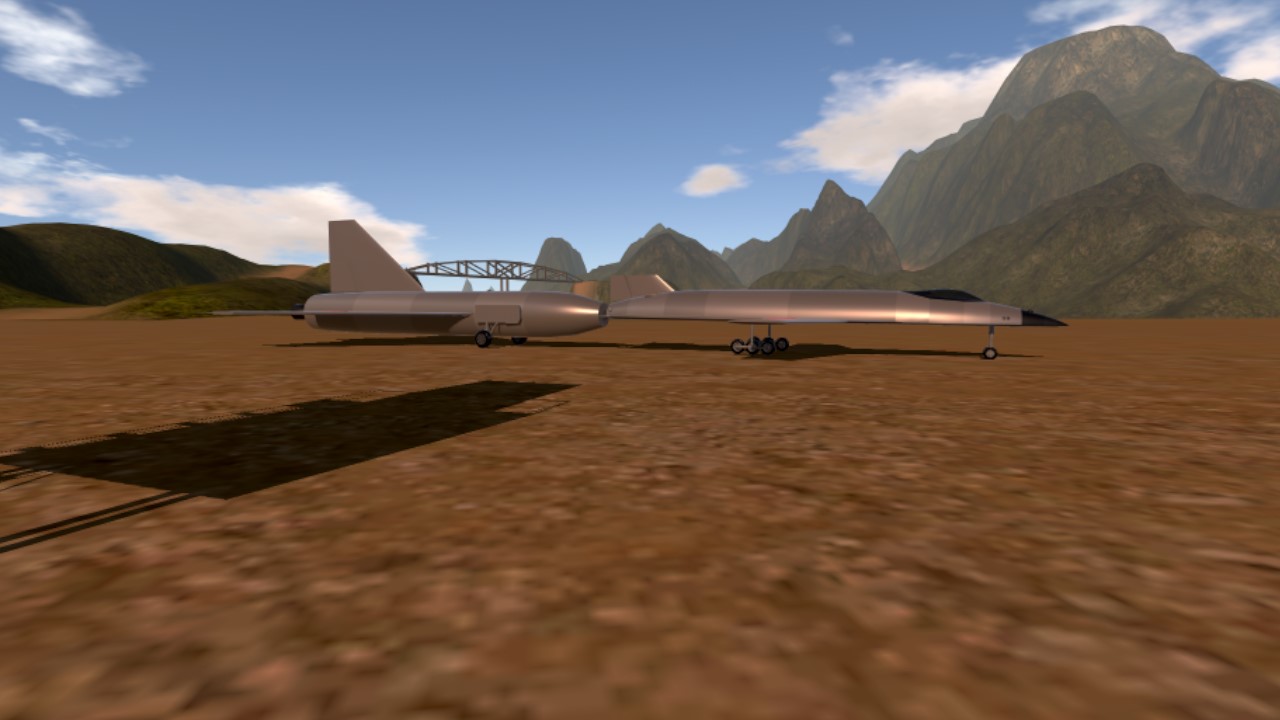
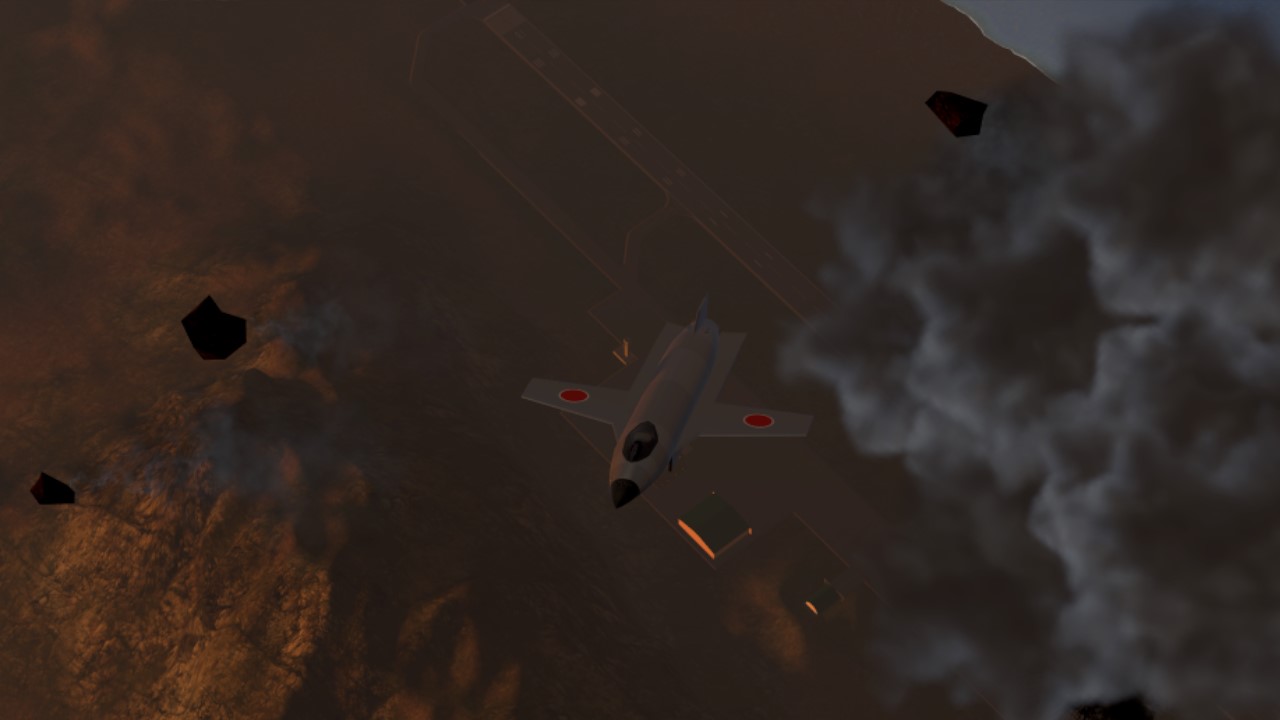
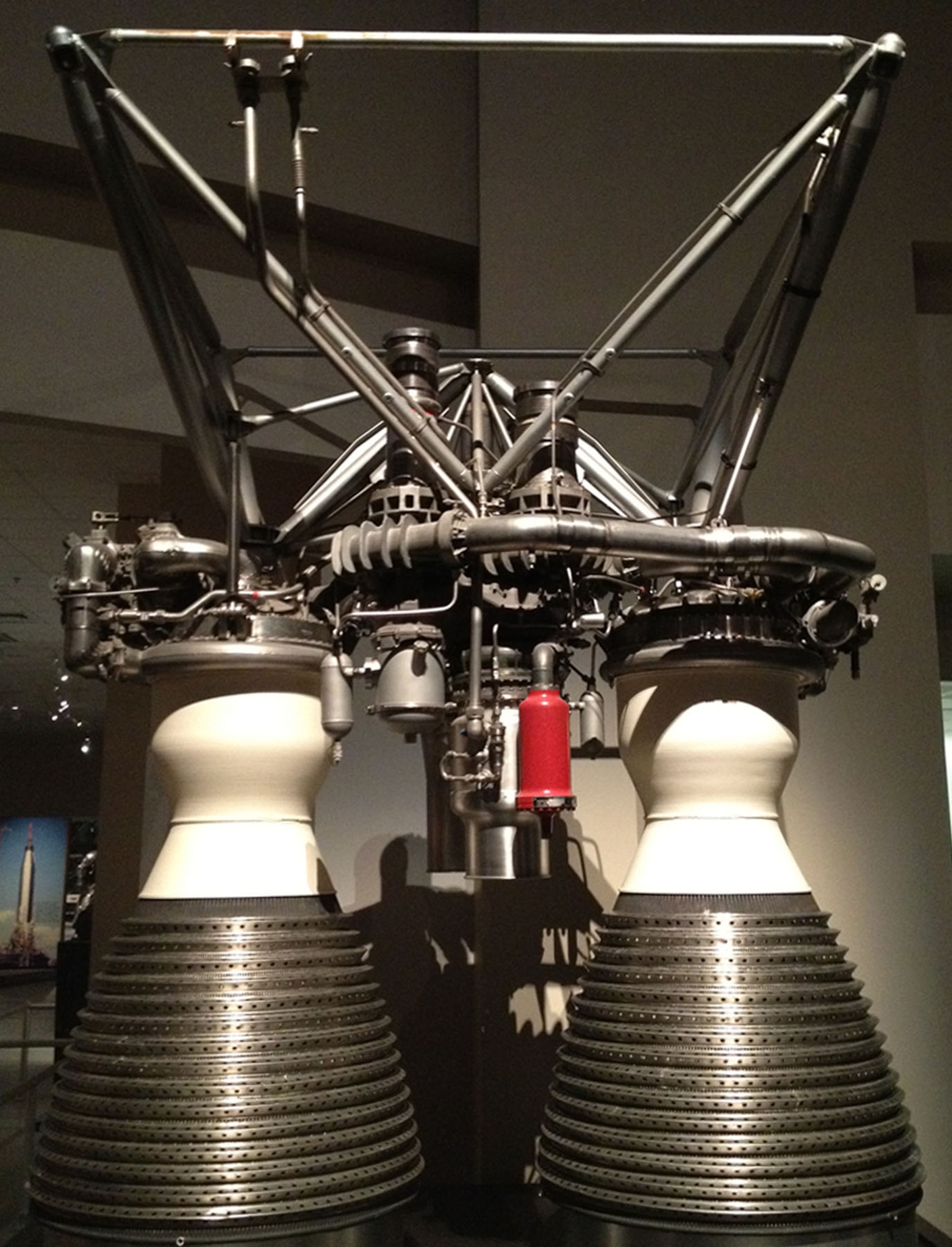
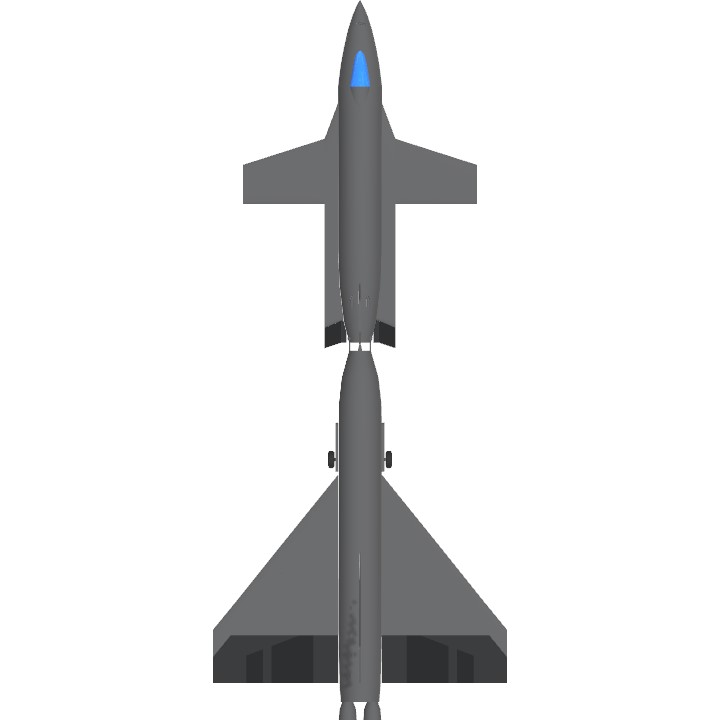
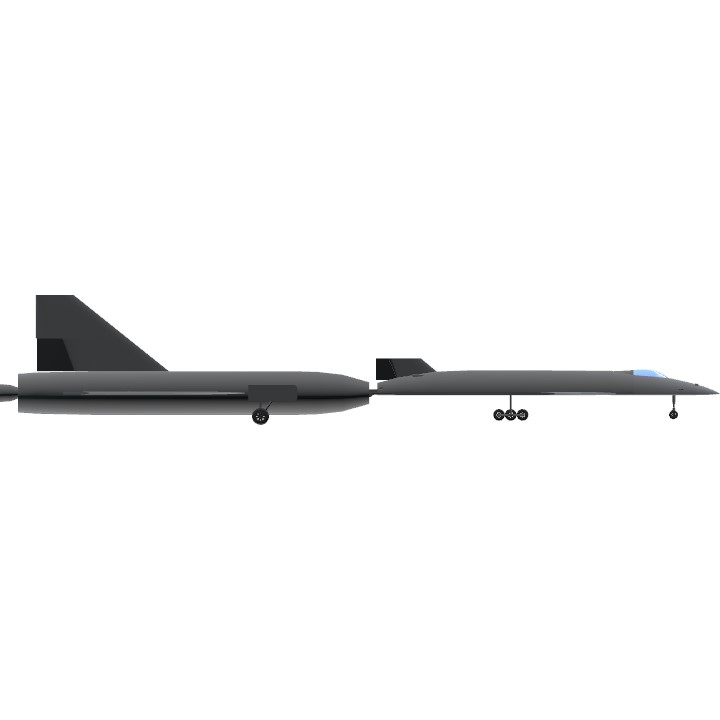

• Design (5 points)
• Overall good but you have to pay more attention to body design. Srill it has really good details and i can see your effort. Keep it up.
• Movement Performance (4 points)
• Speed is insanely high. This makes it unrealistic. Also its nearly impossible to manuever at lower speeds. But flaps does a good job for atabilizing the plane.
• Weapons (6 points)
• Cool bomb bay.
• Post Content (10 points)
• Finally a great post. I want to see this effort from more participants.
• Playability (6 points)
• It,s really great but high speed and lack of manueverability makes it annoying.
Total: 31/50